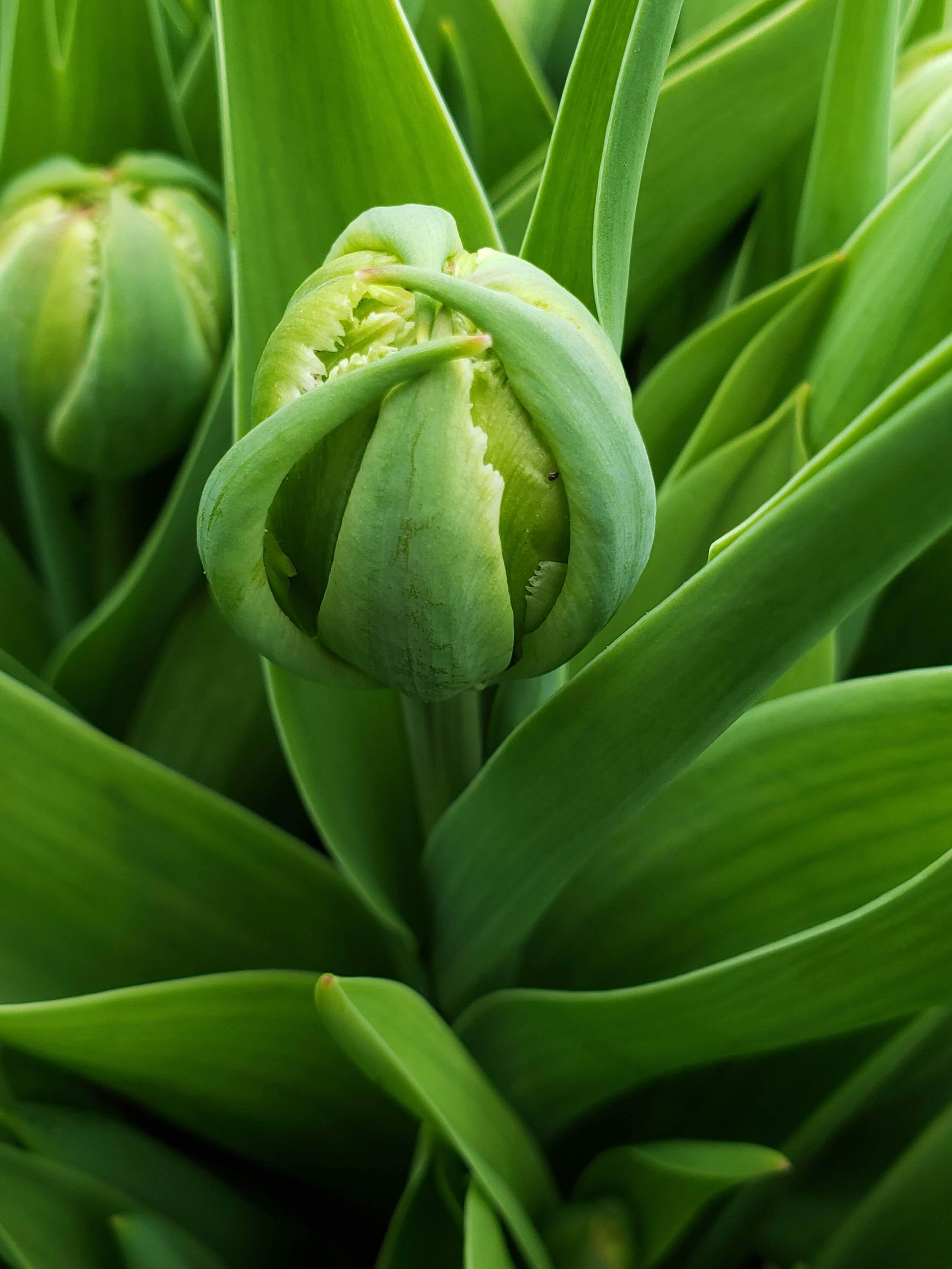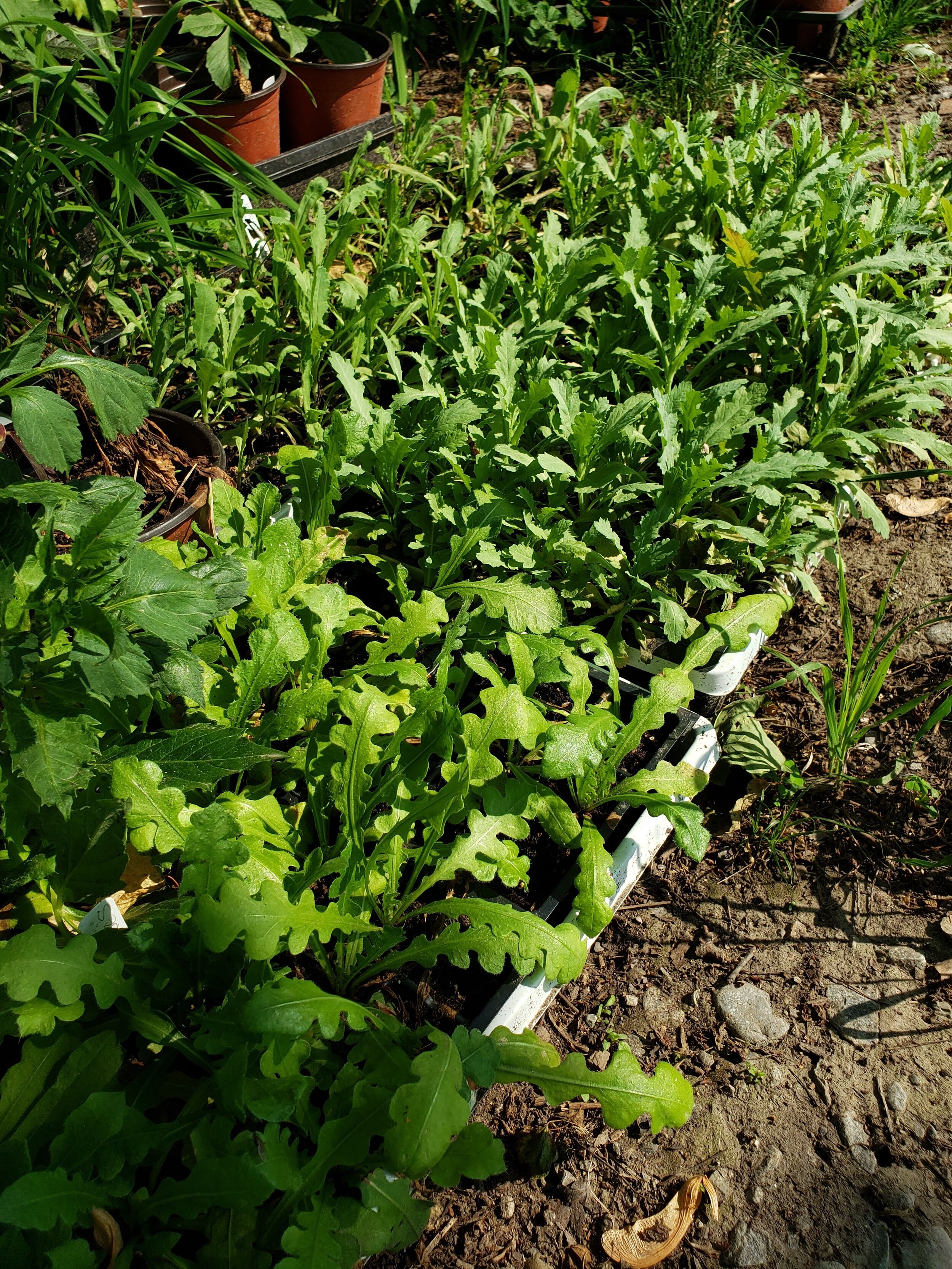Playing Nice with Mother Nature: Managing Flowers When the Weather Turns
A small bud vase full of farm-to-table blooms.
As flower growers and florists, we are careful to make the best possible business decisions. With good management, we can have both flowers and businesses that flourish!
We can control so many aspects of our business, but the weather is always a wild card. Whether you are a flower farmer who produces armloads of blooms every week or a wedding florist with lovely installations to your credit, you have almost certainly been humbled by the power of Mother Nature, who can challenge even the best of carefully made plans!
Today, we are going to explore some tips and tricks the pros use to keep everything on track when Mother Nature throws a tantrum.
How to Get Through Weather Obstacles as a Flower Farmer
Let’s start in the field, where flower farmers face freeze threats, sudden heat waves, drought, and downpours! It’s almost as if, especially when everyone is eager to get a crop into the field, the threats become very real.
It is critically important when starting out to learn about your local hardiness zone and last frost-free day so that you don’t rush your spring planting. It helps to talk to local farmers and growers to learn from their experience and not jump on the first warm day in early spring because chilly ones are likely to follow (at least in Canada, where I live!).
Most flower farmers grow full-sized plants from greenhouse-grown “plugs,” or tiny plants grown from seed in individual little cells inside a growing tray. And growers expose these wee plants to a few hours of sunlight and wind and outdoor conditions for several days before planting to “harden” them to the rougher conditions of life in the field.
“Hardening off” is done by physically moving seedlings from sheltered spaces to the out of doors. This means that if difficult weather is forecast, it is relatively easy—albeit work-intensive—to safely move the plants. Keeping your weather app running all the time will help you to have at least a few hours of advanced warning if the weather changes.
The budding tulip—a hardy flower that thrives in the early spring!
But what if the little plants have actually been planted in the field and damaging conditions are headed their way?
Frost, Snow, and Wind
For frost risk, unexpected late snowstorms, or strong winds, growers cover their plants using a layer or two of “frost cloth,” which is laid over the row, pinned in place, and removed when it is safe to do so.
It’s a lot of extra work and adds extra costs, but it can save an entire crop from the cold damage of frigid conditions or physical damage from intense winds.
And in the fall? Early autumn frosts can be just as damaging as late spring frosts, so keep that frost cloth handy!
Heat Waves and Scorching Sun
For sudden heat waves or scorching sun, a light gauzy shade cloth held above the crop by metal hoops can provide enough protection to prevent sun scorch and help crops—like tulips that prefer grey skies—to stretch to produce those long stems that florists so desire.
Drought
What about drought conditions? It sounds obvious, but plants need well-watered soil to grow. If you have access to a water source such as a pond, lake, or stream, pumping water to a holding tank or directly to soaker hoses laid out along your rows is just the ticket.
But in the absence of a source from which to apply water, some creativity is required. Shading can help, whether by shade cloth over hoops, tree trimmings laid carefully over tiny seedlings, or inter-planting taller fast-growing cover crops to protect seedlings during their early growth.
Other ways to preserve water include catching water for future use in rain barrels or cisterns (covering to prevent mosquito larvae growth or accidents) and using thick layers of mulch to prevent soil drying.
Too Much Rain
And when the rain never seems to end? Flooding is trickier to manage, especially if it is an infrequent occurrence and comes on quickly. If water is gathering at a low point and can provide an escape route to an even lower spot outside of the field, you can help the water get away by digging a shallow ditch.
If flooding is a recurring problem, be sure to orient your rows perpendicular to the slope of the field so that the rows will slow water from racing to the low spot. Perhaps you’ll want to consider even planting perennials to help prevent erosion and soil loss.
Garden Pests and Predators
Mother Nature comes dressed in many weather jackets, but from time to time, she shows up as four-legged predators—like deer!
Growers with this problem swear that shiny CDs—hung to blow in the wind keep deer at bay without more aggressive methods; others report that strips of fabric or flagging tape will flutter in the breeze and keep them from munching the flower tops.
Navigating the Weather for Event Florals
A bundle full of ruffly ranunculuses!
Florists usually work in the well-controlled environments of their shops and coolers, but that all changes when event florals are planned for outdoor venues.
Beautiful floral arrangements can wilt and sag with heat and humidity, and wind can damage delicate petals. Some ideas for dealing with the effects of Mother Nature on your site installations include:
Keeping things cool–minimize the time between your florist’s cooler or air-conditioned workspace and the event, ensuring you have the time necessary for assembly. If you must deliver early, check to see if the venue has refrigeration space available and that your flowers will be safe from damage. If the venue has only shared refrigeration space available, invest in some ethylene absorbers to prevent damage from fruits and vegetables in the shared space.
To counter wilting, use floral products to encourage water uptake and ensure stems are well hydrated before arranging and again once the bouquets are made. Final finish sprays like crowning glory will help prevent water loss can help flowers to look their best.
If the event includes table bouquets, and most do, top up the vases once they are in place using ice cubes, which will help keep flowers cool and hydrated.
For fragile installations that are subject to wind damage, gently wrap the whole installation with tulle or gauze and remove it just before the event begins. Be sure to use water tubes on large flowers with high water demand to prevent wilting. Using a spray bottle full of water to gently spritz at the last moment will help your flowers look their best during the entire event.
When clouds threaten and a downpour seems imminent, venues can often provide large umbrellas to protect your arrangements from heavy rains – it helps to remember that the flowers are more welcoming to water than some other elements of outdoor settings!
Sometimes, Mother Nature comes dressed in the form of biting pests like mosquitos. If the venue has not taken steps to address this issue, your flowers may come to the rescue! Planning to use fragrant boughs like scented geraniums, fresh lavender, or lemongrass, to name just a few, will help discourage unwanted guests.
Final Tips to Work Well with Mother Nature
The beautiful beginnings of a budding garden!
It helps to plan, so that unwelcome surprises are kept to a minimum—whether that means planning how much water all your seedlings will need to protecting your floral installations from wind and heat.
It also helps to manage your expectations and recognise that, because the weather is a challenge for all farmers, there is a lot to learn from online forums and resources focused on specialty crops.
Learning from others can help you address most, but not all, challenges Mother Nature might throw at you!
And finally, it helps to talk about “what if” with your event customers. Have they thought about what they might do if the weather forecast suggests that their outdoor event might be subject to a soaking rain instead of the brilliant sunshine they dream of? Do they have an indoor alternative, or are they willing to tolerate a delay or a wee bit of rain?
Just talking it through can avoid a lot of disappointment on a special day. Remember that without the sun and wind and rain, we would never get to grow such pretty flowers or have materials to decorate a venue at all!










